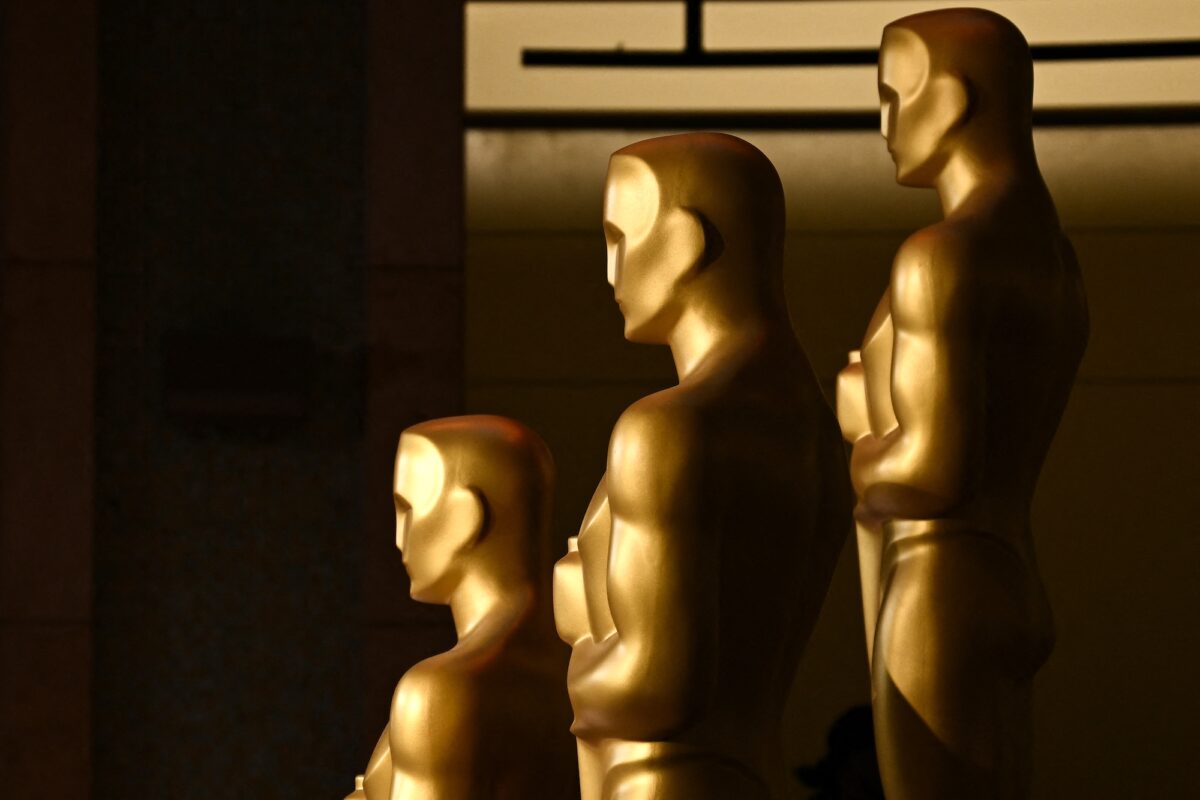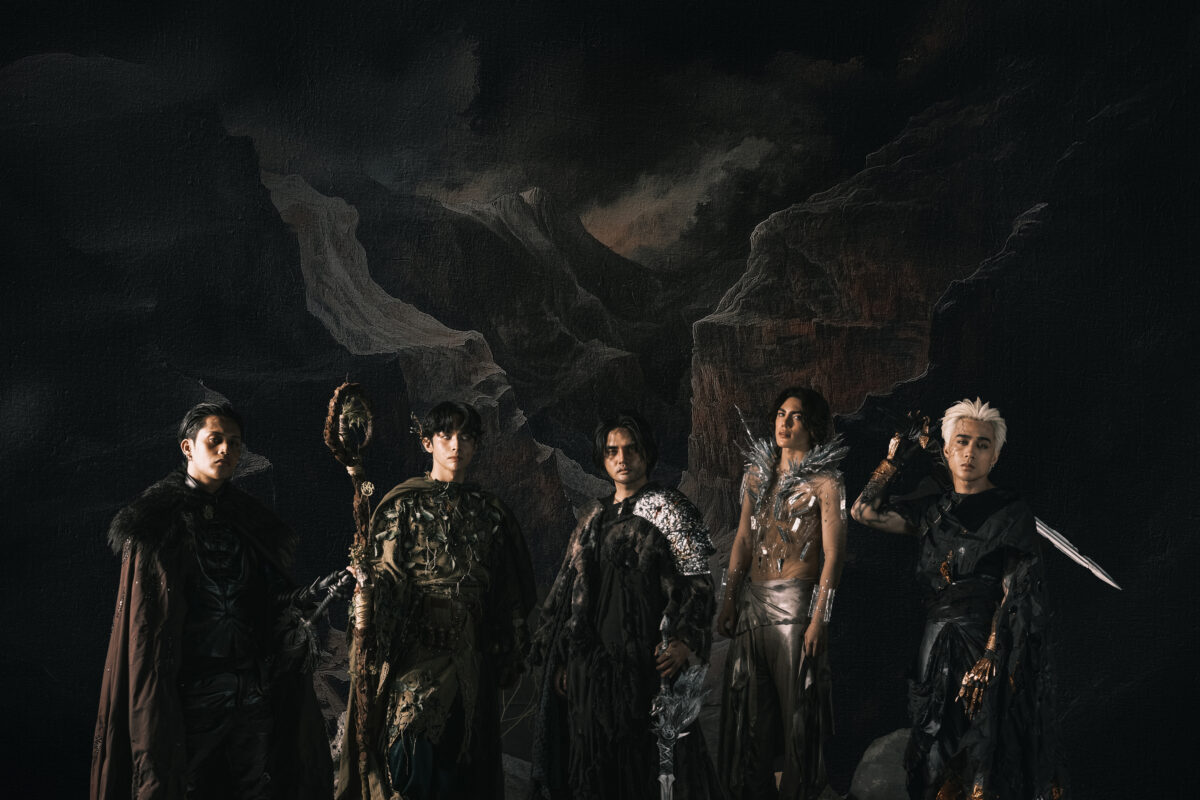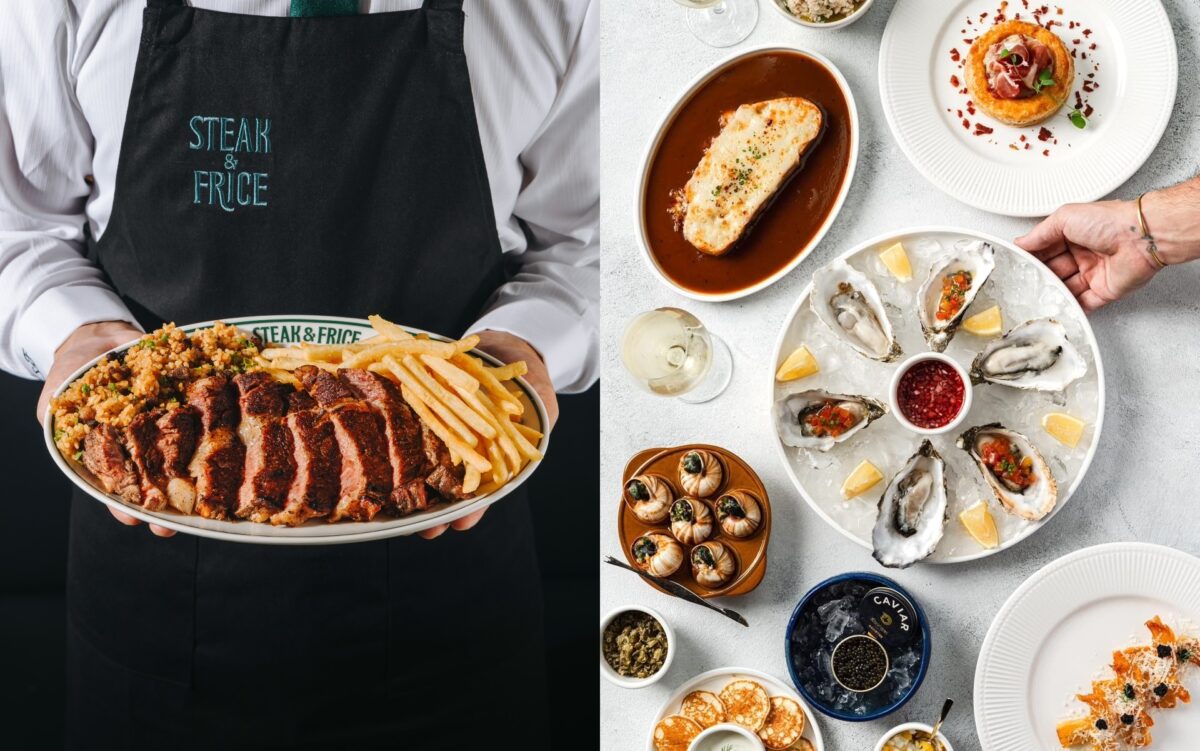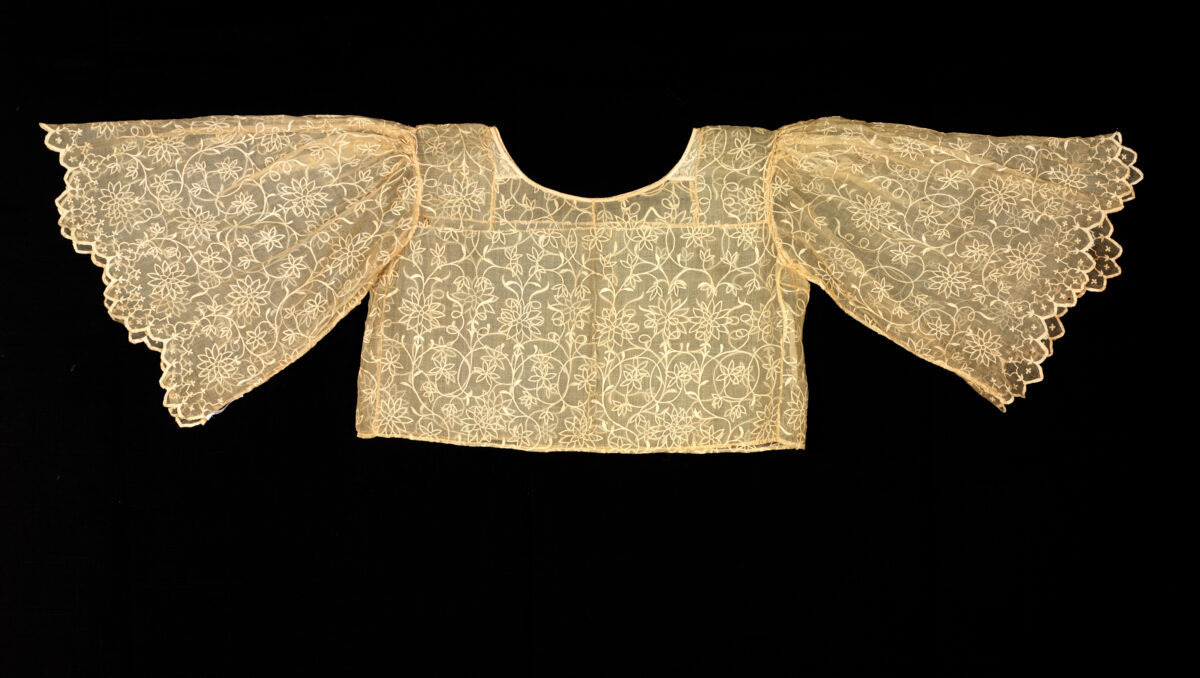The (re)rise of run clubs ties to many things: the search for love, the search for community, and even a (largely subconscious) protest against a failing economy
Like grade school science monggo plant projects, running clubs have sprouted all over Metro Manila seemingly overnight.
In 2023, French running shoe brand Hoka reported steadily growing year-on-year revenues. Multisport reached out to local running store Runnr early in July but they have yet to get back. Nonetheless, your social media algorithm likely has seen a lot of Reels from clubs around the metro and beyond, and you probably spotted some of your acquaintances in them, too.
While there was always latent awareness of running—the Milo Marathons (and ads and subsequent memes), the SEA Games, charity fun runs, running shoes being worn for fashion—running wasn’t exactly seen as cool, a youth-oriented sport, until recently. It was mainstream; there were niche communities and regular races, yes, but young people in 2012 preferred to party on a Friday night rather than sleep to wake up to run 10 kilometers at 5:30 a.m., something which is notably cooler in 2024.
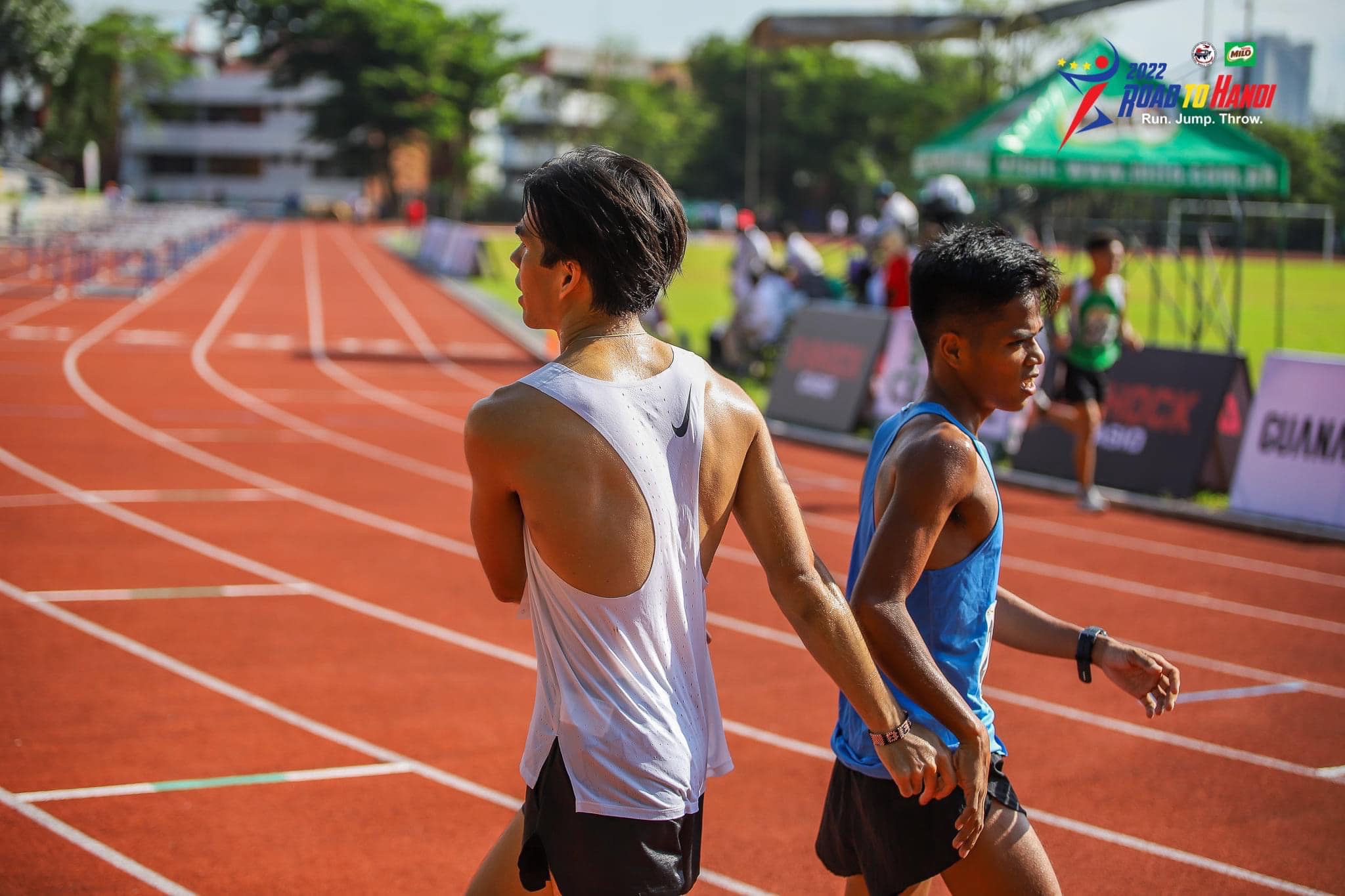
Many vets who’ve been running longer welcome this surge in popularity, while some have also observed interesting phenomena: social media influencers cashing in on running content, run clubs where speed sessions seem to have become speed dating, and how some clubs tend to cater mainly to the wealthy despite running being a relatively inexpensive sport, a form of keeping up with the Cruzes.
Nonetheless, aside from the countless health benefits regularly touted by doctors, sports scientists, and running bloggers, there are tangible benefits beyond physical health that this surge can bring.
Love found us
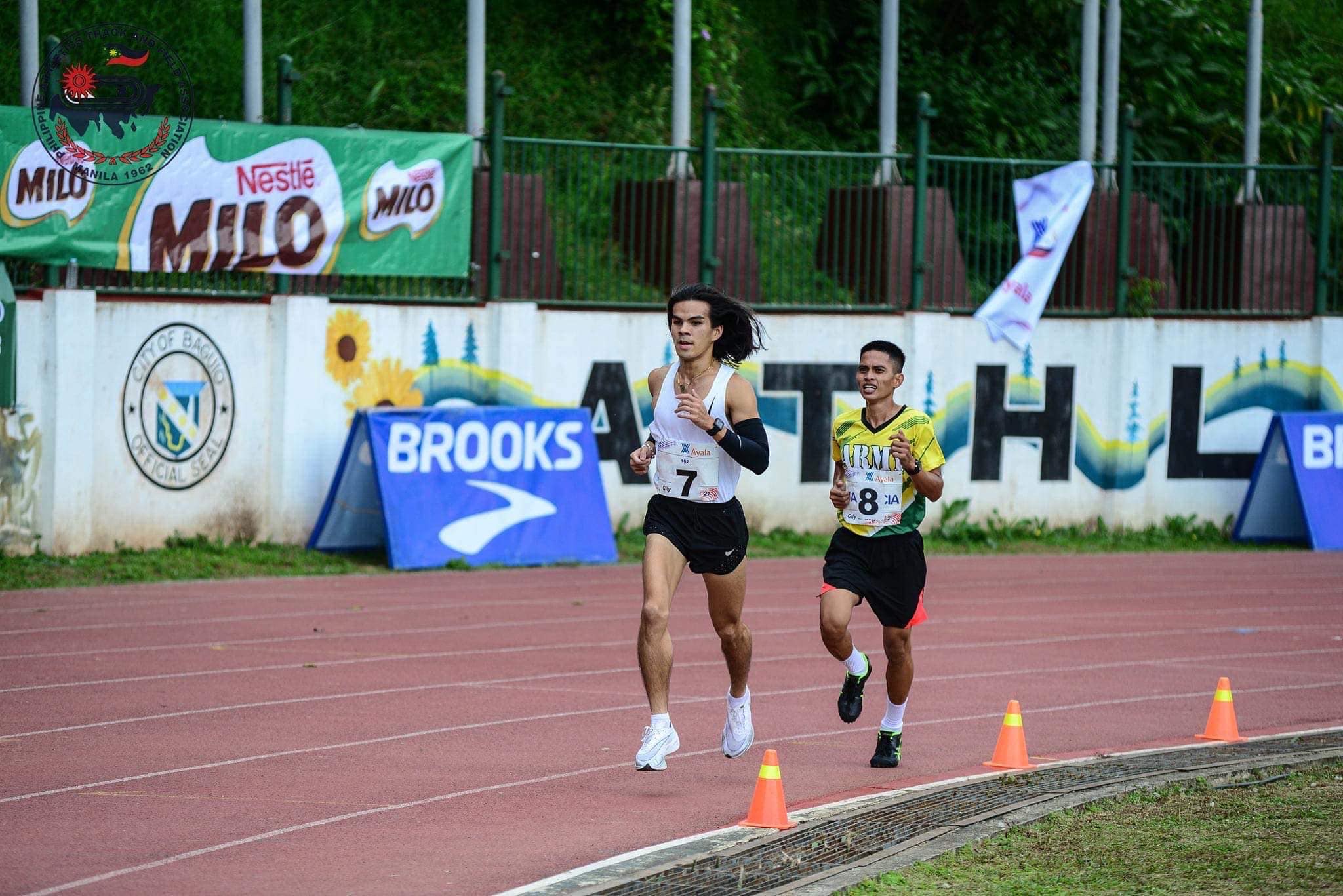
For one, Jomm Ephraim Lacanilao-Gay never dreamed he’d compete side-by-side with national athletes in the Ayala Athletics Championships (AAC) in 2021 and in the Milo-PATAFA 2022 SEA Games Trials, finishing second in the latter’s 10,000-meter event, where both events required qualifying times to enter.
Early in the pandemic, Lacanilao-Gay “did not consider [himself] a runner. No Strava, no Garmin. I didn’t have any idea how far or how fast I was running, I’d just go. I was literally wearing basketball shoes.” He met his girlfriend Jessica Lina through the sport, (who placed fourth in the 2021 AAC “a minute or less away from the second and third placers, this was our first ever race”) who was also running in their village.
He reached out, they trained together as “running with Jomm pushed me to be fit, I asked for tips” and got together a few months later. The duo eventually joined WeKenRun, organized by long-time runner and coach Ken Mendola, one of the early run clubs as Lacanilao-Gay notes how “team-oriented the speed sessions were and how dedicated the runners were. It was our first time in a legit running crowd; runners that have run countless marathons, ultra-marathons, etc.”
Early in the pandemic, Jomm Ephraim Lacanilao-Gay “did not consider [himself] a runner. No Strava, no Garmin. I didn’t have any idea how far or how fast I was running, I’d just go. I was literally wearing basketball shoes”
Lina, however, is quick to make a distinction that WeKenRun is not like most clubs in that there are membership fees. It’s “more of a team that includes structured training and time-specific goals. Most run clubs are free [to join], and less structured! Regardless of those differences I pointed out, [the] love for running, and community, are the same.”
She didn’t only meet her original goals; they’ve since evolved, from wanting to lose weight to now wanting to stay fit and run the Boston Marathon.
Chiming in, Lacanilao-Gay observes “how each running club [from Red Light to Run With Patrick] has their own signature styles and ‘trademarks.’ You have one group that is more on the edgy and mysterious side running unusual routes, and you have another group that’s more beginner-friendly.”
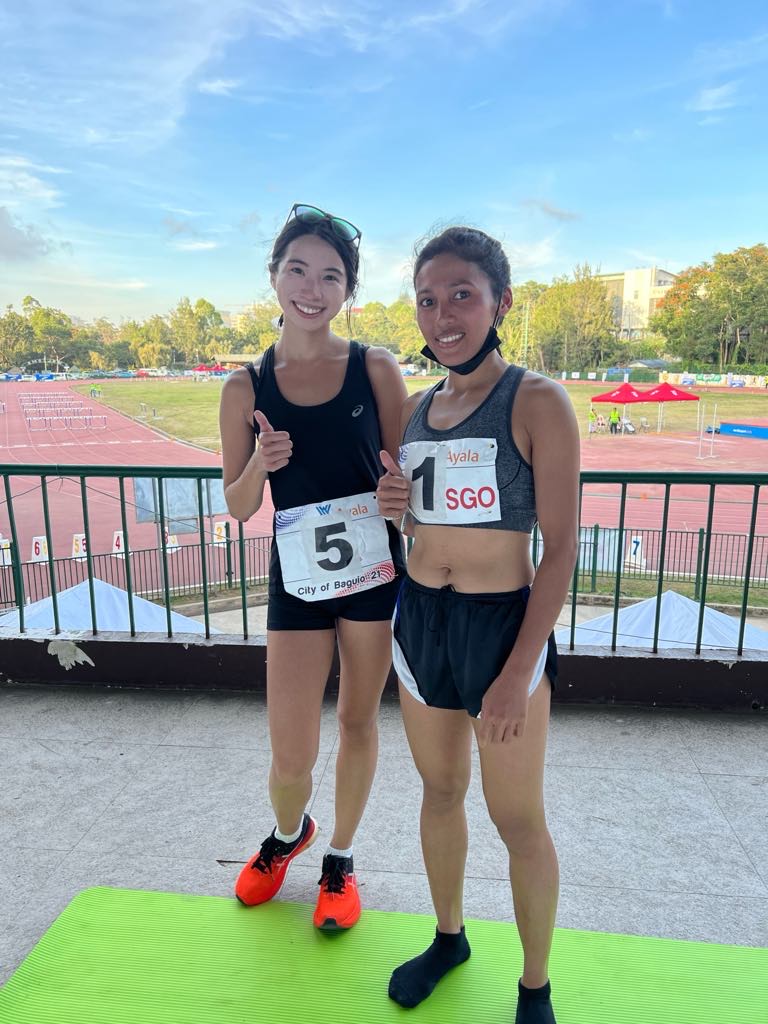
qualifier-only 2021 Ayala Athletic Championships, all thanks to a running community
Already athletic prior to the pandemic, Lacanilao-Gay’s need to continue training inspired Lina to stick to a fitness journey she had recently begun, which led to the couple’s latent talent being recognized by an OG of the sport and a village of athletes, who then pushed the couple to the AAC and SEA Games Trials.
Finding love, community, and consistency in these and in fitness: Aren’t these the things that buoy the rise of run clubs today?
Actual, measurable goals
For The Atlantic, Maggie Martens observed that younger people “need a way to feel in control of their lives, or achieve a big goal because the traditional markers of adulthood – getting married, having a child, starting a career – are happening later in life. Marathons are a great way to confront this phase psychologically, it’s a long-term goal, you get to control your training, you can see progress day-to-day, week-to-week and in the end you can achieve something you thought was impossible not too long ago.”
Amid deeper socioeconomic factors, there is psychological comfort in that, if we can’t get a house at the age our parents did (for factors largely beyond my control!), then we can at least aim for attainable goals achieved over the long-term through consistent hard work. It can’t be crammed.
This observation is echoed by blogger Noelle de Guzman (the Kikay Runner, who hails from an earlier era of blogging) where she observes that “the Philippines, being culturally-linked to US culture experienced the running booms” of the 1960s and 1990s that tracked economic recessions.
Noelle De Guzman, who’s been running for 15 years, notes that there were actually three running booms, the first one which established the major marathons that many aspire to today (Boston, Berlin, Tokyo), the second, following the recessions of the ’90s and early 2000s, saw the rise of smaller, more locally-focused events
De Guzman, who’s been running for 15 years, notes that there were actually three running booms, the first one which established the major marathons that many aspire to today (Boston, Berlin, Tokyo), the second, following the recessions of the ’90s and early 2000s, saw the rise of smaller, more locally-focused events, think the ones organized by Run Rio and brands like Asics and Hoka. The third boom is what we see today, tracking the COVID-19 pandemic recession.
She “finds it funny” that mainstream news outlets seem to think that Filipinos are only into running now, criticizing the “age where newswriting means fast turnover and results in just storifying social media posts instead of actually doing a bit more research, [where] the journalism around running just doesn’t have the context and history that would enable new runners to understand where the running community has been, and where it can be going.”
I’d want to see if Martens wrote the same thing, but alas, paywall. It’s tricky when a public service like journalism is essentially tied to late-capitalist, shareholder corporate interest, but that’s another story.
Third spaces
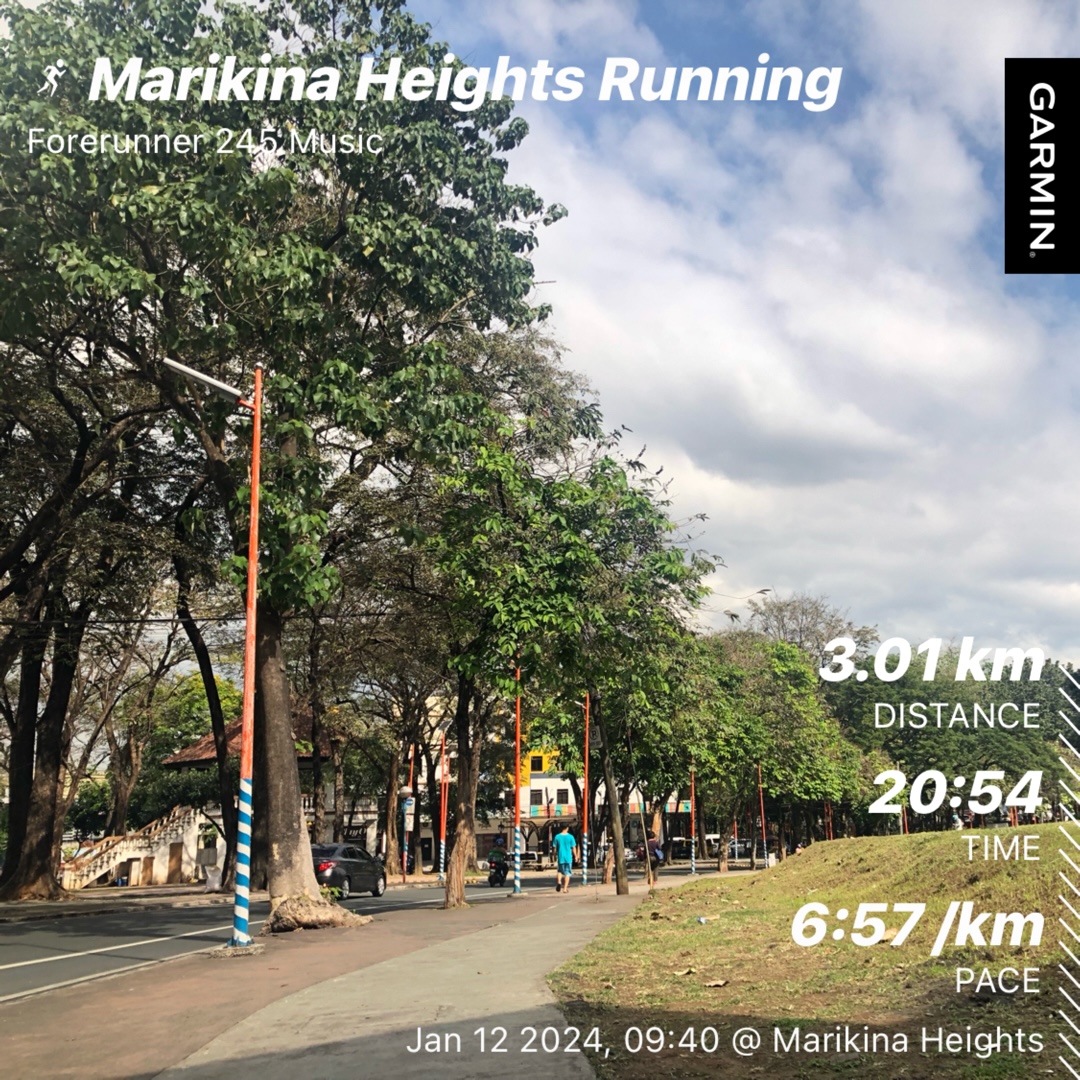
Now in her mid-30s, Anne Peralta has a self-possession that comes with having met one’s goals through years of steady consistency. She started running to keep fit, and has run ultra-trail marathons and opened a specialty coffee shop together with her high school best friend. They decided to also open a running club, using the shop as the main venue.
No Perfect Run is currently housed in No Perfect Cup in the sylvan Marikina Heights, a barangay noted for its public parks and motor vehicle-free walkways and bikeways that include working-class neighborhoods, a feature also present in the rest of Marikina City.
Peralta notes how she’s happy when female runners tell her they feel safer running with her group, even at night, and that “Totoo pala ang sinasabi ng mga tao tungkol sa Marikina. The green spaces help too.”
Ultimately, however, the rise in run clubs points to a generation’s desire to meet multiple needs in one setting, a third place, an intentional community
In our conversation, we concur that coffee shops started out as a practical bag drop for runners, but have since evolved to be a sort of third space. Her barista Kevin, also a cyclist, agrees, as he and Peralta observe how people feel more sociable after sweating together, contrary to what deodorant ads would have you believe.
Oliva Petter in The Independent confirms this, writing “There’s an element of science at play here, too; thanks to the release of endorphins (hormones that promote feelings of pleasure in the body), exercise puts us in a good mood, which fosters a joyful environment that is ripe for forming meaningful connections.”

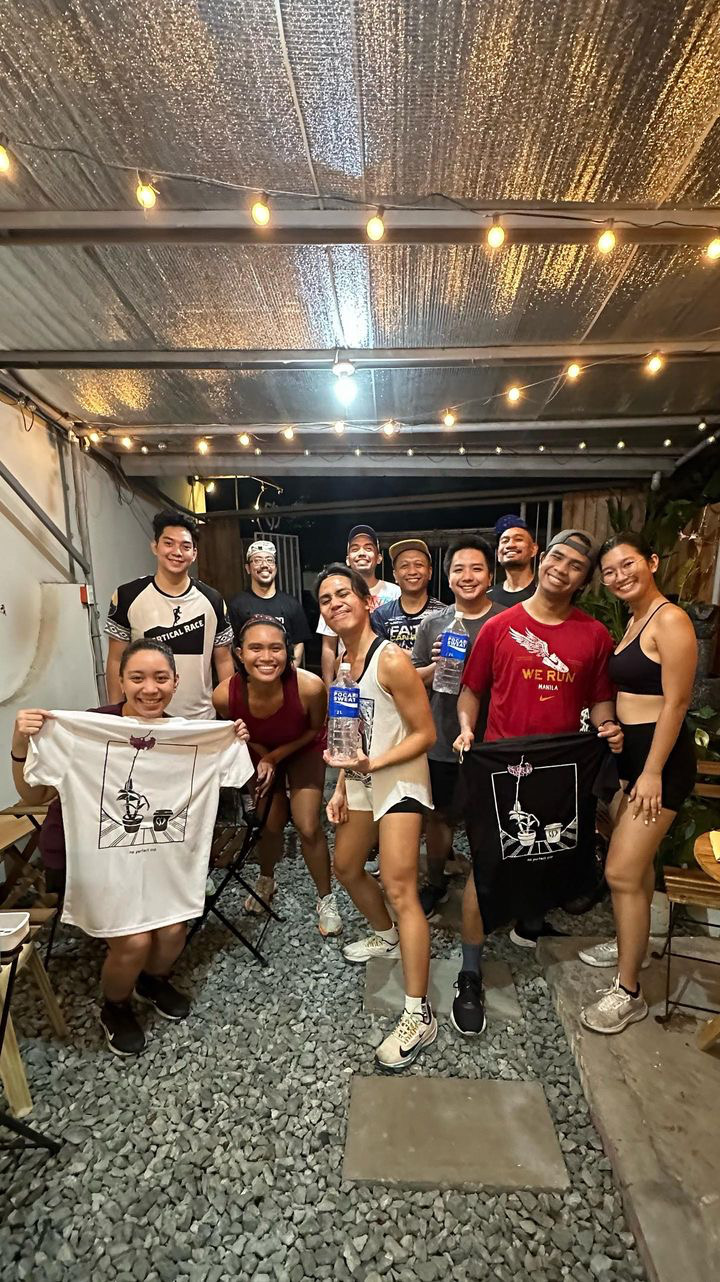
Additionally, Petter notes how while running isn’t the most glamorous of sports—you’re huffing and puffing, red-faced and sweaty, dreading your race photos—the lack of pretension and shared difficulties surmounted eventually creates a sort of “speedrun” through the usual games “and lack of genuine connection found in online dating.”
Ultimately, however, the rise in run clubs points to a generation’s desire to meet multiple needs in one setting, a third place, an intentional community. I guess people are looking for the good ol’ town square, but in this case, it’s manifested on the road, on foot, exposed to elements, and maybe after, with a cup of joe carefully farmed in Colombia and roasted in Marikina.
“As time passes,” Peralta shares in a mix of English and Filipino, “I want the run club to be separate from the cafe.” Gradually donning her runner hat as she takes off her cafe cap, she continues, “Imagine if the club gets big enough, we have speed sessions in Marikina Sports Center, long runs with routes outside the city… our regulars not only helped in lending their skills to renovate the shop but also lead anniversary runs and rides.”






